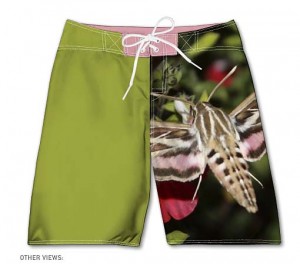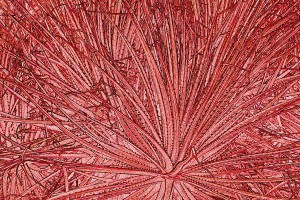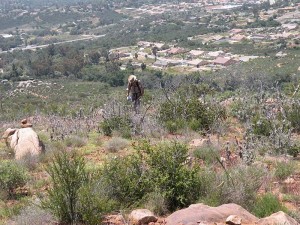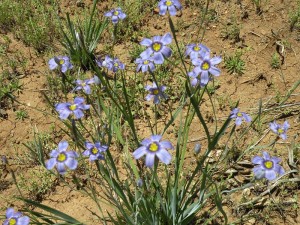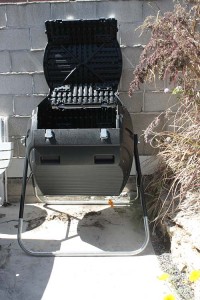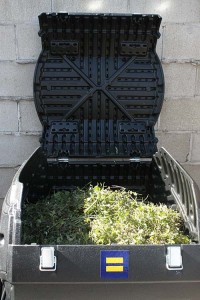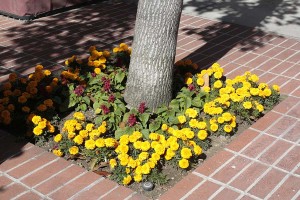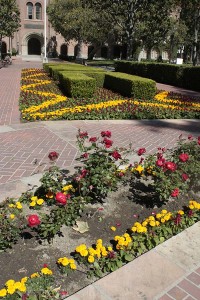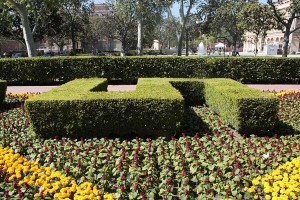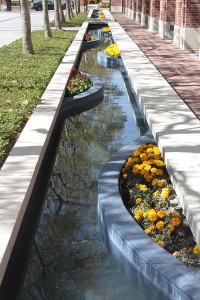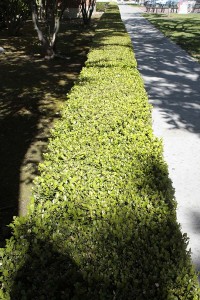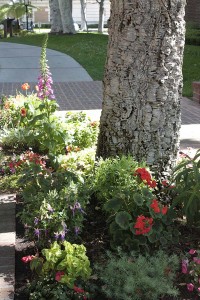As the big spring bloom winds down I’ve been struck by how many of the native plants have yellow flowers. It clearly offers the plants an evolutionary advantage since bees love yellow and bees are some of the major pollinators. This is a little roundup of the three yellow daisy-flowered shrubs and sub-shrubs that I grow.

Encelia californica hails from the more coastal edges of Southern and Central California, hence its common name of “coast sunflower.” A dark central button anchors golden yellow rays that shoot out in an informal circle. It’s a popular choice for both gardens flowering roadside wildflower mixes.

With so many other natives bearing grayish leaves, the bright green leaves of this plant really stand out. I’ve seen it used locally, where an occasional drink during the summer can help keep it green and flowering through the summer. In my garden the plants have a mostly unirrigated spot behind a fence, so they exercise their natural tendency to defoliate and stop blooming when the weather warms.
Giant coreopsis, Coreopsis gigantea, earns its name more from the tall plant size rather than the size of its flowers. The weird plant will eventually form what looks like a trunk from three to six feet tall that sprout finely-cut leaves. This takes a few years–My two year old seedlings are in the two to two and a half foot tall range. Blooms are perky yellow daisies about three inches across. I planted a little grove of these in a back corner of the garden, but the grove has dwindled to just a few plants thanks to a gopher that found the little tree trunks too delicious to pass up. Grrrr. Times like this I hate hate the full circle of nature.
This last one’s San Diego County sunflower. The current botanical name is Bahiopsis laciniata though I and everyone else I know around here learned its name as Viguiera lacinata. Its flowers come in at about an inch and a half across, so it’s smaller than the previous two. But a blooming bush of it makes a low, neat mound in the garden or in the local wilds. Of these three, the flowers have the most “refined” look to them–if you consider French marigolds and yellow cosmos to be refined plants. Because of it being a local plant it’s a fairly common denizen of local native plant gardens. Also, a lot of coastal-zone roadside restoration projects around here seem to have this plant in the mix.
Although I’ve call all of these “daisies,” each has its own special character and use in the garden. The encelia is a great pick for its long bloom when watered. The coreopsis is a perky mass of flowers when it’s in bloom, but few California natives stand up to it in weirdness during its leafless state in the summer and fall. The San Diego County sunflower is a nice tidy mound with so many flowers you might confuse it for an an annual. But it’s best to plant some decoy plants around it for the dry parts of year when it dies back.
Give them a try. The bees will thank you.






